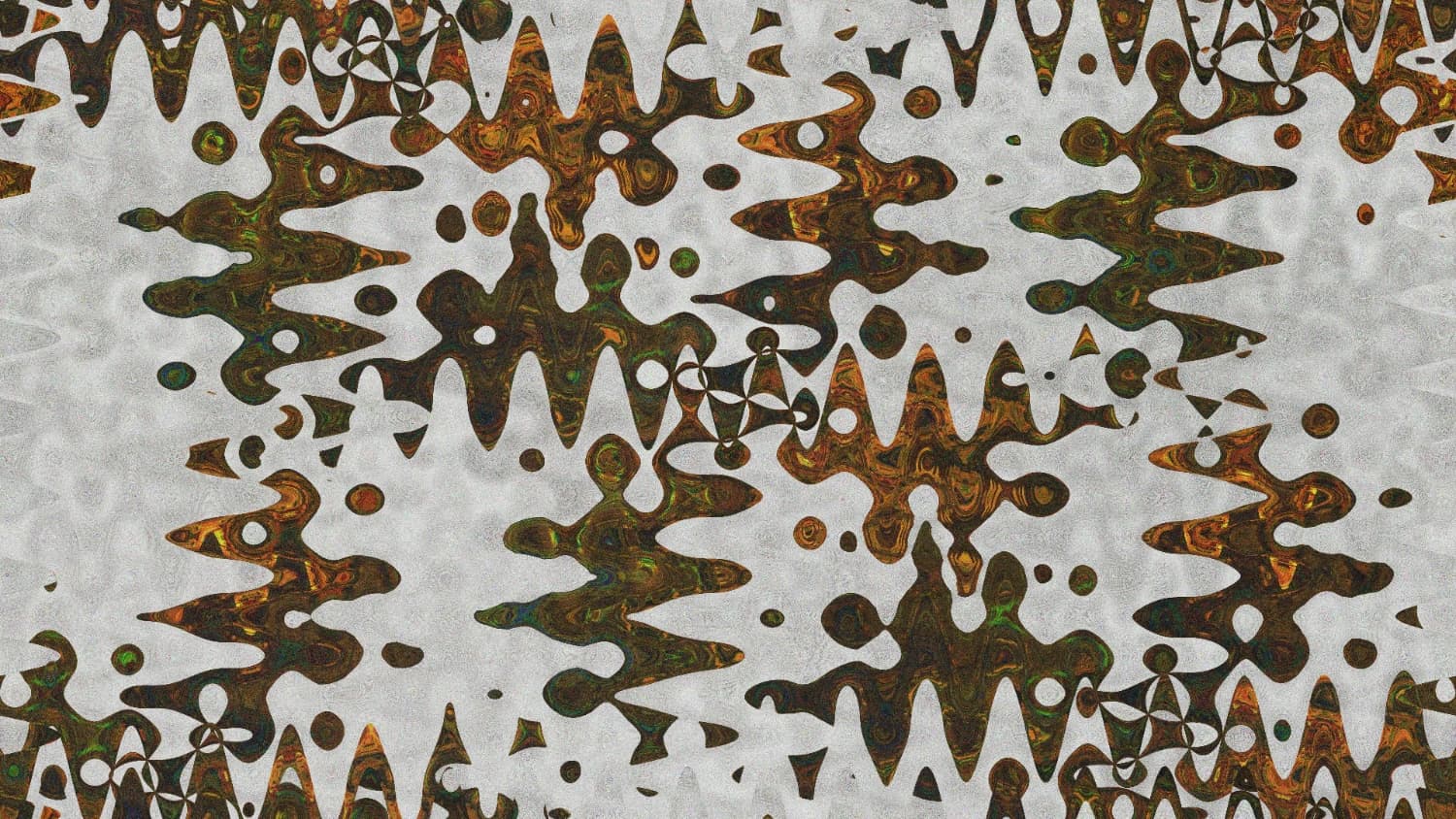Why Broken Links Are Silently Sabotaging Your Website (And How to Fix Them)

You've crafted the perfect email campaign. Your subject line is clickbait gold, your content is chef's kiss, and you've even A/B tested the button color (it's orange, obviously). A potential customer clicks through, excited to see what you're offering, and... WHAM! They hit a 404 error page featuring a sad cartoon character and some corporate-speak about "the page you're looking for cannot be found."
Your customer doesn't stick around to appreciate your web designer's artistic interpretation of digital disappointment. They're gone faster than free pizza at a startup office.
This digital tragedy happens thousands of times every day, and most website owners are about as aware of it as they are of their car's extended warranty expiration date.
The Sneaky Saboteurs Living in Your Website
Broken links are basically the termites of the internet. You can't see them eating away at your website's foundation, but they're there, munching on your traffic, credibility, and sales while you sleep. Unlike actual termites, though, you can't just call an exterminator and hope for the best.
Here's a fun fact that'll ruin your day: when users encounter a broken link, 88% of them bounce faster than a rubber ball in a racquetball court. They don't send you a polite email saying "Hey, I think your link is broken." They don't give you the benefit of the doubt. They just... poof. Gone. Probably already buying from your competitor while you're wondering why your conversion rates look like a sad graph trending toward zero.
Google: The World's Pickiest Roommate
If Google were your roommate, it would be the type that notices when you leave one dish in the sink and passive-aggressively posts sticky notes about "maintaining our shared living space." Google's crawlers are basically that roommate, but with the power to tank your search rankings.
These digital perfectionists crawl your website with the thoroughness of a helicopter parent inspecting their teenager's room. When they find broken links, they don't just tsk-tsk and move on—they take detailed notes that directly impact your SEO performance. As we've covered in our guide on Google's algorithm updates, user experience has become increasingly important for search rankings.
Think of it this way: if your website were a restaurant, broken links would be like having half your menu items unavailable but not telling customers until after they've ordered. Google notices this kind of thing, and it affects how they recommend your "restaurant" to future visitors.
How Links Go to Die: A Tragic Tale
Links break for the most ridiculous reasons. It's like how your phone always cracks right after the warranty expires, or how your car makes weird noises only when you're not at the mechanic.
The Great Website Redesign Disaster: You decide to give your website a fresh new look (because apparently, everyone thinks their website needs to look like Apple's). You launch the new design, pat yourself on the back, and completely forget to set up redirects from your old URLs. Suddenly, every bookmark, every external link, every carefully cultivated search result leads to a digital dead end. It's like moving houses and forgetting to forward your mail, except the mail is customers and they're not getting forwarded anywhere.
The Disappearing Act: Remember that time you linked to what you thought was the perfect supporting article? Plot twist: that website decided to shut down without sending you a courtesy heads-up. Or maybe they just reorganized their entire site structure because their new intern had "ideas." Your carefully curated external links now point to the digital equivalent of an empty lot.
Death by a Thousand Typos: One tiny typo in a URL—maybe you typed "prodcuts" instead of "products"—and boom, broken link. These little gremlins can hide in your website for months, quietly turning away visitors like a bouncer at an exclusive club, except the club doesn't exist.
The CMS Strikes Back: Content management systems are supposed to make your life easier, but sometimes they're like that friend who tries to help by reorganizing your kitchen. Sure, everything looks neat, but now you can't find anything and half your internal links are pointing to pages that might as well be in witness protection.
The Real-World Carnage (With Actual Numbers)
Let's talk numbers, because nothing validates your paranoia like cold, hard data.
E-commerce sites lose about 7% in conversions for every broken link in their checkout process. That's like having seven out of every hundred customers reach the cash register, then watch the cashier disappear into thin air. News websites see engagement drop by 25% when their internal links lead nowhere—imagine clicking on "Related Articles" and finding yourself in a digital void instead of the promised content about celebrity cat fashion.
But here's where it gets really painful: your professional credibility takes a hit harder than a piñata at a five-year-old's birthday party. Broken links make even the most legitimate businesses look like they're run by someone who still uses Internet Explorer unironically. In our swipe-left, instant-judgment culture, a 404 error might as well be a neon sign saying "We don't have our act together."
Why Smart People Fix Their Links (And Why You Should Too)
Smart website owners get it: while your competitors are letting their sites rot like forgotten leftovers in the back of the fridge, you can swoop in and capture all that abandoned traffic and trust.
It's especially crucial during pre-launch phases. Nothing says "professional operation" like launching a website where everything actually works. Revolutionary concept, I know.
Think of it like this: if websites were restaurants, you'd want to be the place where the menu items are actually available, the bathrooms work, and the WiFi password isn't "password123." While your competitors are serving digital disappointment, you're providing a smooth, frustration-free experience that keeps customers coming back.
The SEO Goldmine Hidden in Your Link Structure
Broken link management isn't just about preventing digital disasters—it's about creating SEO superpowers. As we cover in our comprehensive guide to taking care of SEO, search optimization is like tending a garden: everything's connected, and neglecting one area affects the whole ecosystem.
When your internal links work perfectly, you can guide users through your website like a skilled tour guide, leading them exactly where you want them to go. You can distribute page authority like a strategic general, sending SEO juice to the pages that need it most. Most importantly, you create the kind of seamless user experience that makes people think "Wow, this website actually works properly. These people must know what they're doing."
Welcome to the Future: Robots That Actually Help
Remember when checking links manually was a thing? Those were simpler times, when websites had twelve pages and "going viral" meant everyone in your office saw your PowerPoint presentation. Today's websites have more links than a chain mail factory, and checking them manually is about as practical as counting grains of sand during a hurricane.
This is where modern solutions like CHEEECK come to the rescue. It's like having a really obsessive assistant who never sleeps, never takes coffee breaks, and never gets distracted by cat videos. These tools continuously monitor your entire website, catching broken links faster than you can say "customer retention."
Think of automated monitoring as your website's immune system—constantly scanning for problems and alerting you before they turn into full-blown infections that require expensive treatment (or in this case, expensive customer acquisition campaigns to replace the traffic you lost).
Actually Fixing This Mess (A Step-by-Step Guide for Humans)
Alright, enough doom and gloom. Here's how to actually solve this problem without losing your sanity:
Schedule Regular Check-ups: Just like you (hopefully) go to the dentist regularly, your website needs regular link audits. Monthly comprehensive checks, with weekly monitoring for your most important pages. It's like preventive healthcare, but for your digital presence.
Plan Your Moves: When you're restructuring content, set up proper redirects like you're planning an evacuation route. When you're linking to external sites, periodically check that they haven't vanished into the internet ether or been replaced by a page selling questionable dietary supplements.
Listen to Your Users: Make it ridiculously easy for visitors to report problems. Sometimes your users will spot issues before your fancy monitoring tools do. It's like having thousands of quality assurance volunteers working for free.
Move Fast When Things Break: When broken links surface, fix them immediately. Every day you wait is like leaving your front door hanging off its hinges—sure, people can still technically enter your house, but they're probably going to choose the neighbor with the functional entrance instead.
The Bottom Line: Excellence Is in the Details
Nobody wants to hear this truth: in today's hypercompetitive digital landscape, users have the attention span of caffeinated goldfish and infinite alternatives at their fingertips. Your website needs to work perfectly, not because you're a perfectionist, but because your competitors are probably just as obsessive as you are (and if they're not, they should be).
The websites that win are the ones that obsess over the seemingly small stuff. They understand that digital excellence isn't about having the flashiest design or the most expensive marketing budget—it's about creating an experience so smooth that users never have to think about the technical stuff. They just enjoy using your website, find what they need, and convert into customers.
Your website is your digital storefront, your tireless sales representative, your 24/7 customer service desk, and sometimes the only impression potential customers get of your business. Making sure every link works isn't just good practice—it's survival strategy.
Because at the end of the day, you really don't get a second chance to make a first click. And in a world where users have more options than items in a Cheesecake Factory menu, why would you want to give them any reason to click somewhere else?


